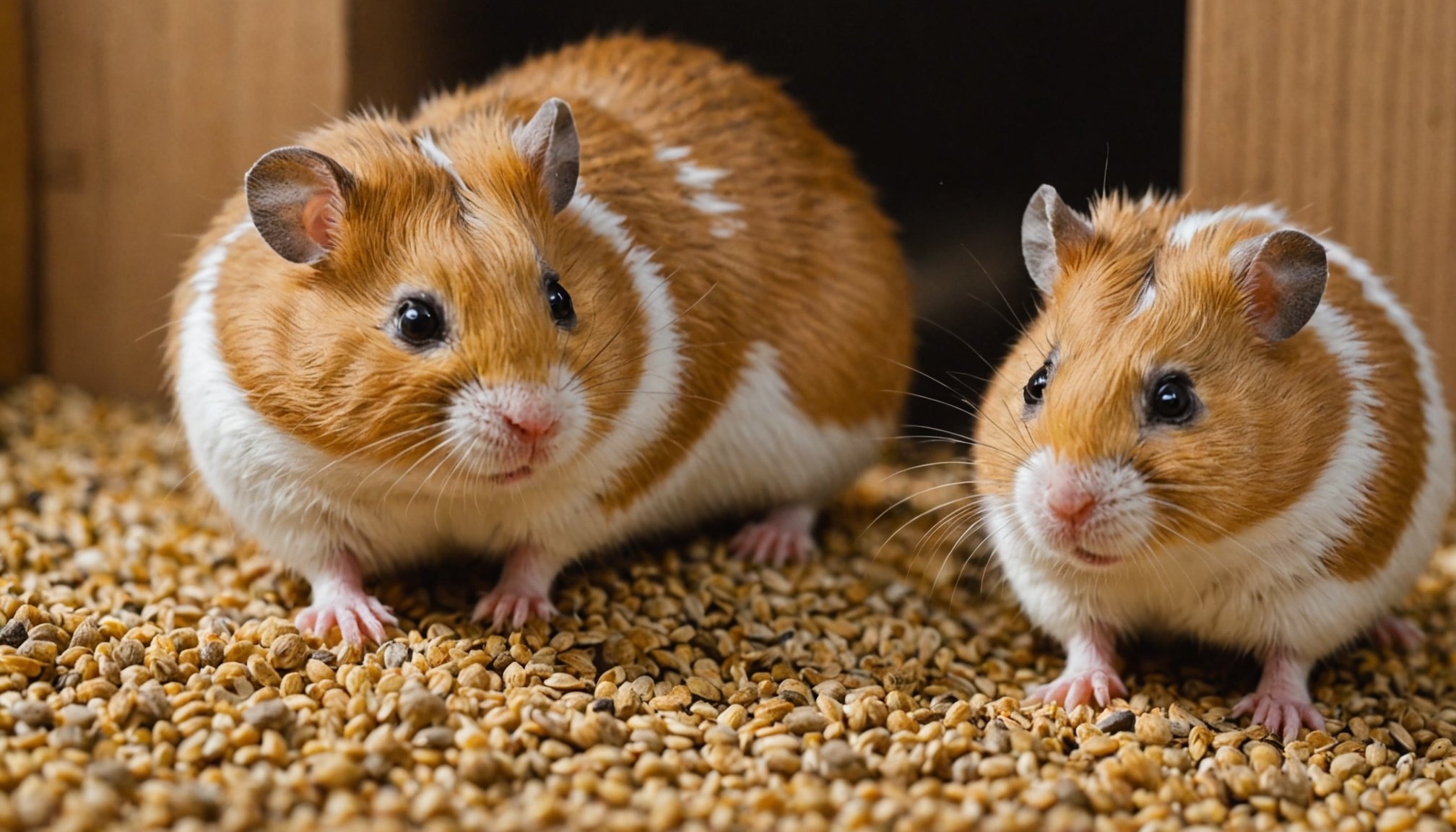Navigating the world of pet ownership is an adventure that brings joy, companionship, and sometimes a few challenges. Introducing a new pet hamster to a home with existing pets requires careful thought and planning. Beyond simply setting up a cage and providing food and water, understanding the dynamics between your new hamster and the pets you already have is crucial for a harmonious household. This guide explores the best practices for ensuring a smooth introduction, maintaining a peaceful coexistence, and ensuring top-notch care for all your beloved pets.
Understanding Your Hamster’s Unique Needs
Before introducing your new hamster to the rest of your pets, it’s vital to understand its specific needs. Hamsters, especially the small and agile dwarf variety, require particular care and attention. They are naturally solitary creatures, making them different from other social animals.
Topic to read : What are the best practices for grooming your long-haired cat?
Housing: Your hamster’s cage should be secure and spacious to prevent escape and provide ample room for exercise. Choosing the right bedding is essential, as it needs to be comfortable and absorbent. Opt for materials like paper-based bedding, avoiding anything that might be harmful, such as cedar or pine shavings.
Diet: A balanced diet is key. Provide a mix of pelleted food, fresh vegetables, and occasional treats. This dietary diversity ensures that your hamster remains healthy and active. Water should always be fresh and easily accessible.
Additional reading : Seamless introductions: expert tips for harmonizing your ferret with your feathered companion
Temperament: Spend time gently handling your hamster to build trust. This is particularly important if you plan to introduce them to other pets. The more comfortable they are with you, the easier the transition will be.
By prioritizing these fundamental needs, you’ll lay the groundwork for a successful integration into your home. Ensuring your hamster feels safe and content is the first step in making introductions smoother.
Preparing Existing Pets for the Arrival
Transitioning a new pet hamster into a household with existing animals requires strategic preparation. Your current pets might include curious cats, playful dogs, or even other small animals. Each species comes with its distinct behaviors and instincts that need consideration.
Behavior Assessment: Begin by evaluating the temperament and behavior of your existing pets. Are they curious, territorial, or generally laid-back? Understanding their nature is crucial to predicting their reaction to a new furry friend.
Creating Boundaries: Maintain clear boundaries. Designate areas where your hamster’s cage is off-limits, using gates or closed doors to separate them during initial interactions. This physical separation ensures safety and gives your hamster a chance to acclimate to their new environment without stress.
Introduction through Scent: Animals rely heavily on scent for information. Begin introductions by allowing your existing pets to familiarize themselves with your hamster’s scent. You can achieve this by exchanging bedding material or using a cloth gently rubbed on your hamster.
Supervised Interaction: Once your existing pets seem comfortable with the scent, plan controlled meetings. Supervise these interactions closely to ensure that your existing pets remain calm and non-threatening. These short, positive encounters will foster acceptance and reduce territorial behavior.
Taking these preparatory steps ensures that each pet’s well-being is prioritized. With patience and careful management, your household can transition smoothly, reducing stress for everyone involved.
Strategies for Successful Introductions
The heart of the introduction process lies in creating a safe and positive environment for your new hamster and existing pets. With careful planning and patience, your pets can coexist peacefully, enriching your household with their unique personalities.
Gradual Introduction: Start with brief, controlled meet-and-greet sessions. Your hamster should remain in their cage, while your existing pets observe from a distance. Over several days, increase the duration of these sessions, allowing all pets to grow accustomed to each other’s presence.
Positive Reinforcement: Reward your existing pets with treats and praise for calm behavior around the new hamster. This positive reinforcement encourages a friendly demeanor and reduces potential hostility.
Hamster’s Perspective: Pay close attention to your hamster’s reactions during interactions. If they seem stressed or agitated, pause the process and give them time to adjust before trying again. Prioritizing their comfort will lead to a smoother integration.
Consistency is Key: Consistency in routines and interactions helps build trust and predictability. Keep feeding times, play sessions, and sleeping arrangements regular to avoid confusion or territorial disputes.
By employing these strategies, you ensure that the introduction is as smooth and stress-free as possible for all parties involved. A successful integration is built on trust, safety, and mutual respect.
Maintaining Harmony in a Multi-Pet Household
Achieving and maintaining harmony in a multi-pet household is an ongoing process that goes beyond initial introductions. A peaceful coexistence requires vigilance, patience, and continual adjustments.
Routine Monitoring: Observe interactions regularly to ensure that all pets are comfortable and safe. Look for signs of stress or aggression, such as vocalizations, changes in behavior, or attempts to breach boundaries.
Balanced Attention: Ensure each pet feels valued. Dedicate individual time to each, fostering unique bonds and preventing feelings of neglect or jealousy. This balanced attention is crucial in maintaining peace.
Environmental Enrichment: Provide plenty of mental and physical stimulation for all pets. For your hamster, this could mean adding tunnels and toys to their cage. For cats and dogs, consider interactive toys or puzzle feeders. Engaging environments reduce boredom and prevent attention-seeking behaviors.
Health Checks: Regularly monitor the health of all pets. A sudden change in behavior could be a sign of illness or stress. Timely veterinary visits ensure that each pet remains healthy and happy.
In nurturing a harmonious home, you create a sanctuary where all your pets thrive. With dedication and ongoing care, your household will become a testament to the joys of multi-pet living.
Introducing a new pet hamster to your existing brood is an enriching yet complex journey. By understanding your hamster’s unique needs, preparing your current pets, and carefully managing introductions, you set the stage for a peaceful and happy coexistence. The key lies in patience, empathy, and consistency. As pet owners, it’s our task to foster environments where all our pets feel safe, loved, and valued. Through these methods, your home can transform into a harmonious haven, where each animal’s personality shines, contributing to the vibrant tapestry of your life. Remember, the blend of personalities in your household is a testament to the love and care you provide.










